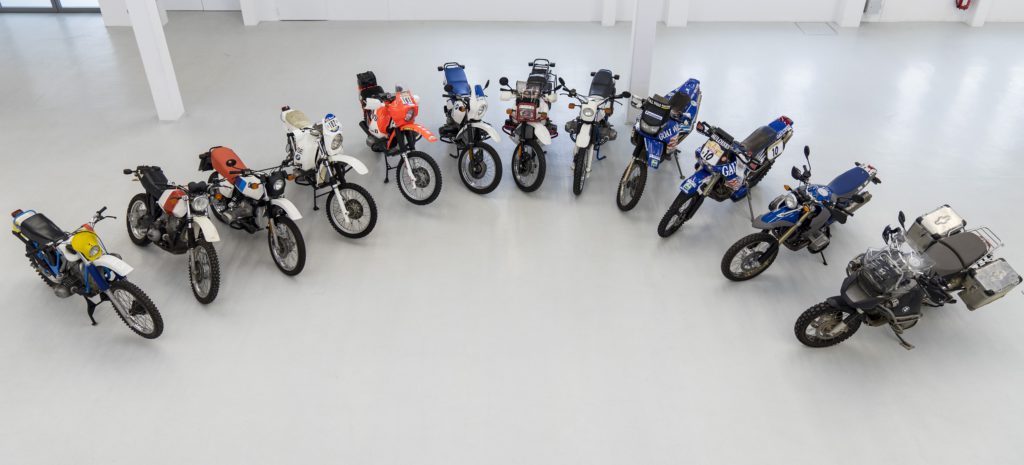German two-wheeler market relatively resilient and could prove a buffer
17 July 2020

17 July 2020
With around 160,000 new registrations in Germany during 2019, the two-wheeler industry is certainly not the lynchpin of the automotive business. However, with steady growth for several years now, it is a guaranteed revenue source for many companies, writes Andreas GeilenbrÜgge, head of valuations and insights at Autovista Group’s German division, Schwacke.
Several car companies have two-wheeler divisions, albeit sometimes small, such as Ducati at VW, Piaggio at Fiat, Peugeot at PSA and market leader BMW. There are of course also the classic Japanese brands, as well as KTM, Triumph, Harley-Davidson, and countless small and niche manufacturers. Wherever spend-happy and leisure-oriented buyers appear, finance providers will be on hand. For some time now, renowned financial backers such as BMW Bank, Santander and Consors Finanz have been offering a range of services that are comparable to those for four-wheeled vehicles.
Face mask beats balaclava
The two-wheeler industry, like all others, has not escaped the coronavirus (COVID-19) crisis unscathed. While the Motorräder Dortmund trade fair was able to take place in March, albeit with 30% fewer participants, this year’s cancellation of the two largest trade fairs, Intermot in Cologne and the EICMA in Milan, was a major blow. Additionally, plants like BMW’s in Spandau were closed.
The largely small and, compared to car dealerships, less economically powerful dealers became creative and offered test drives and servicing appointments at customers’ homes. Reduced payment terms and bonus agreements on the part of banks and manufacturers also helped, but could not compensate for the lack of buyers and the almost complete standstill of the accessory market.
Bounce back
March and April, typically two of the strongest months in terms of transactions, were impacted by the shutdown. Sharp year-on-year declines of 16% and 31% in new and used sales respectively in March, and a 26% contraction of both new and used sales in April, have shaken the existence of many dealers. However, the preceding months of January and February were strong compared to 2019, and business has returned quicker than in the passenger-car sector. The 11% year-on-year decline in sales of both motorcycles and scooters for the period January to May was therefore comparatively limited.
Furthermore, the sales of light motorcycles (+22%) and light scooters (+45%) were much more positive and the preliminary figures for June allow even more optimism. This is probably largely due to the new driving licence regulations, which allow ′experienced’ car drivers to ride 125cc two-wheelers suitable for the motorway after a few theory and practical lessons. Similar to Southern Europe, the number of customers who use the two-wheeler not just as a hobby but as a means of everyday transport is also increasing.
Uneasy rider
The current challenge is far from over, and further trouble is already looming. From January 2021, only motorcycles with the Euro 5 standard may be sold and registered. What sounds numerically antiquated from an automotive point of view is a new legal standard that was decided upon a long time ago. This will weigh heavily on Euro 4 vehicles held in stock at the end of the year and lead to registration peaks and an off-season price war. Every new vehicle sold at a lower price will push down the price level of used vehicles even further.
The European association ACEM, the IVM and others are therefore pushing for a postponement of the introduction of Euro 5 by at least six months. Either way, clever concepts, involving the authorities and the economy, are urgently needed to move on Euro 4 stock volumes and prevent the demise of more dealers.
The original article can be found in German on the Schwacke website here.